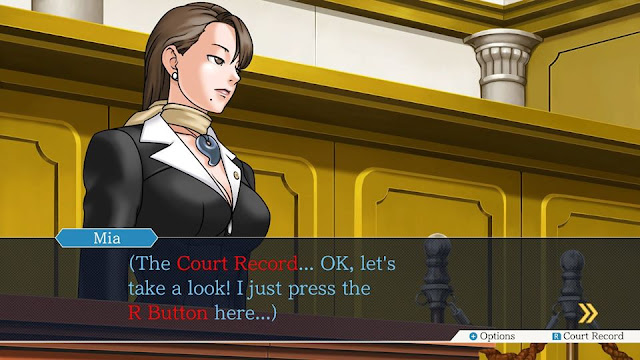Ten years ago, on June 10th, 2010, an obscure JRPG called Xenoblade Chronicles was released in Japan, and while the game garnered critical praise, there were no plans for the game to release in North America. The game was localized for Europe in 2011, but it took until 2012 after a fan campaign for it and 2 other JRPGs known as Operation Rainfall gained traction for it to finally release in the US, though it did so as a limited run GameStop exclusive that was notoriously hard to find. While the game sold through its limited run, it still languished in obscurity as the Wii had long been forgotten by that time. But over time, the game gradually got more attention via word-of-mouth, was spotlighted by Chuggaconroy's Let's Play, culminating eventually in Shulk appearing in Smash, followed soon after by a New 3DS-exclusive port of the game, and was later followed by Xenoblade Chronicles X and Xenoblade Chronicles 2. The game is now considered by many to be the best JRPG of the 7th generation.
So what is it about this game that allowed it to leave such a lasting impact in spite of its inauspicious beginnings? In part it's because of when the game came out, as at the time many Japanese developers were moving away from home consoles towards handhelds, and Final Fantasy 13 was notorious for its excessive linearity, which gave Xenoblade a chance to stand out with its vast open areas to explore. In spite of the Wii's graphical limitations, the game's art direction and unique setting allowed for some awe-inspiring vistas. The game's memorable cast of characters and gripping story likewise captured players, and the unique battle system served to blend elements of action and turn-based RPGs. It set a standard for modern JRPGs and in many respects it represents a transition between early 3D JRPGs and more recent entries in the genre. The world manages to balance openness and exploration with traditional linear storytelling, as while you travel through each new area in a linear progression, these areas are so vast and open and rich with content that it has a distinct open-world feel while still retaining a strong narrative and sense of direction. It manages to balance so many elements so well to create an unforgettable package.







